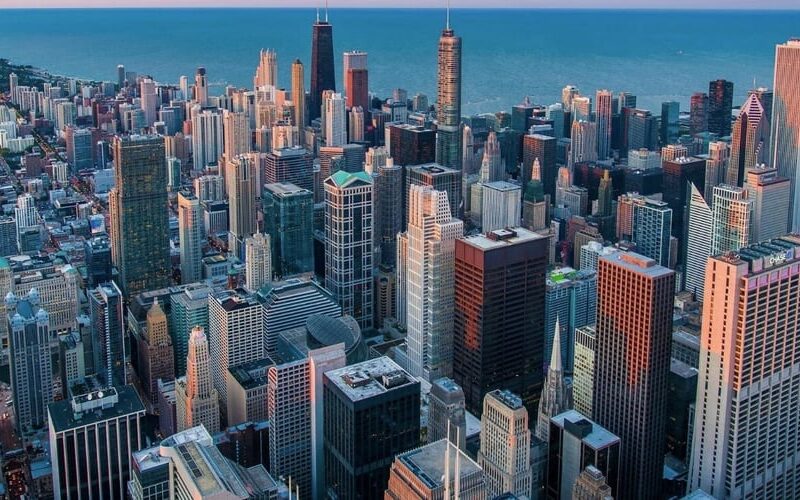Achieving synchronization between the physical and digital worlds and providing more efficient and smart urban management solutions has become the focus of current urban development. Digital Twin, an advanced technology that combines Geographic Information System (GIS) and 3D scenes, is attracting attention as an important means of promoting the digitalization of urban management.
What is Digital Twin?
Digital Twin is a technology that maps physical entities to the digital world, obtains status data of physical objects in real time, and creates digital models of them in a virtual environment to synchronize with the real world. In the field of urban management, digital twins provide a view from static to dynamic, from overall to detailed, allowing managers to monitor and analyze the operation status of the physical world in real time, enabling them to make more accurate decisions.
Building Digital Twins by Combining GIS and 3D Scenes
GIS is a powerful geospatial analysis tool that can accurately obtain and display geographic information. Wings Engine’s 3D scene technology displays data and environmental information in realistic and interactive 3D visualization. The combination of these two technologies allows building a three-dimensional 3D model of the city and linking it with real-time data, so that the physical world and the digital model are updated synchronously, providing powerful support for urban management.
Precise support for urban planning and design
Wings Engine combines GIS and 3D scenes to enable urban planners to simulate future city layouts in virtual space and consider in advance the impact of buildings, roads, green spaces and other elements on the entire city. For example, when designing a new road, the digital twin model can be used to simulate in real time the impact of different design proposals on traffic volume, air quality and the surrounding environment, allowing the optimal proposal to be selected. This data-driven decision-making process greatly improves the accuracy and sustainability of urban planning.

Real-time monitoring and management of smart cities
Digital twin models are not only static design tools, but also dynamic platforms for urban management. By linking data collected by IoT devices with digital twin models in real time, managers can monitor various operational statuses of the city in real time. For example, information such as traffic congestion, energy consumption of buildings, and structural soundness of bridges are fed back from sensors in real time and reflected in the digital twin model. This allows managers to respond quickly and accurately, significantly improving the efficiency of urban management and emergency response capabilities.
Improved citizen participation and transparency
Digital twin models provide a means for citizens, as well as governments and management agencies, to participate in urban management. Through 3D visualization technology, citizens can check the plans and changes in the area where they live through a digital platform, for example, upcoming road reconstruction, greening projects, and the construction of new residential areas. Citizens can also submit opinions and suggestions through the digital twin platform and participate in urban planning and management. This improves citizens’ sense of participation, increases the transparency of urban management, and reduces unnecessary friction and conflict.
Summary
Digital twin technology, through the deep integration of GIS and 3D scenes, provides city managers with a completely new tool to help them deal with various challenges associated with the advancement of urbanization. This technology not only increases the accuracy of planning and the efficiency of management, but also improves citizens’ sense of participation and trust. In the future, as technology further develops, digital twin will play an important role in more fields and provide powerful support for sustainable urban development and smart city management.
Source link
lol

